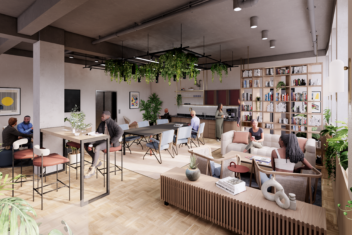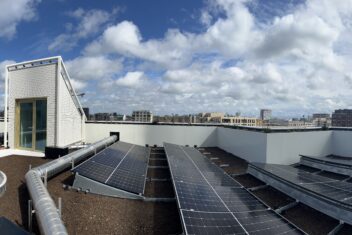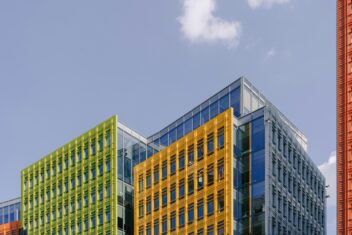Navigating the Widening ‘Best and the Rest’ City Retail Divide Depends on Data Use
November 15, 2018
- The gaps between the most attractive European cities for retail property investment and the rest are widening at an accelerating rate.
- Innovative data modelling in tandem with rapid market evolution is becoming more important.
- Redevco’s City Attractiveness model captures retail market dynamics and trends. It now also features:
- Focus on individual cities rather than on countries
- Volume of online sales as indicator for physical retail space demand
- Momentum of city’s economic growth
Cannes, November 15th – The polarisation between the most attractive European cities for retail property investment and the rest are widening at an accelerating rate. Navigating these treacherous market rifts successfully is becoming increasingly dependent on skilled interpretation of non-traditional data sources, Redevco’s latest research demonstrates.
Only the top retail markets of London and Paris and other European cities within the ‘Excellent’ investment ranking of the retail real estate investment manager’s City Attractiveness research model showed rental growth on average last year, while all other centres in lower categories saw rental declines.

European economic growth appears to be peaking and inflation is projected to reach 2.0% the coming years. At the same time urbanisation and changing consumer behaviour, partly driven by e-commerce, urge retailers to review and adapt their business models. In turn this makes location selection even more important. It is absolutely critical to the success of the retailers, and thus for investors to be able to identify those cities, and areas within, able to benefit from these socio-economic trends.
Bart Vink, Head of Research and Strategy, at Redevco said: “Just because a city today is on the right side of the polarisation divide, does not guarantee it will be going forward. Structural change in the retail landscape challenges all shopping destinations, accelerating the retail real estate evolution where only the fittest will continue to thrive at the expense of the weakest.”

Innovative data modelling in tandem with rapid market evolution
Redevco’s City Attractiveness model captures retail market dynamics and trends through 19 different indicators, including increasingly important ‘soft factors’, such as the number of tourist attractions, or the presence of creative professionals in an urban centre.
By regularly assessing the relative influence of these factors and adjusting their importance in tandem with the rapid evolution of the market, Redevco has been able to substantially increase the accuracy of the research model that guides the investment strategy for its €7.4 billion pan-European retail real estate portfolio. Based on Redevco’s experience navigating these treacherous market rifts, what research model upgrades were implemented?
Focus on individual cities rather than on countries
A city’s score on economy was previously largely related to the economic performance of the country within which it is located and so more to its position in Europe as a whole. Now to do more justice to the quality of individual cities, their deviations from the country’s average score is also taken into account. This has resulted in outperforming cities in economically underperforming countries benefitting from the new approach, while underperforming cities in economically outperforming countries do not.
Leading cities in Switzerland, Spain, France, Hungary, Italy, Poland and Turkey have strongly benefitted, while the impact in Belgium, Germany, the Netherlands, Sweden and the UK has been minimal.
Volume of online sales as indicator for physical retail space demand
With the risk of oversupply leaping up the industry’s agenda as demand for retail space is increasingly impacted by e-commerce, Redevco has switched the basis on which this factor is measured from the traditional reference to future shopping centre supply, to the volume of online sales. In countries with a high share of online sales, such as the UK and Germany, the risk for physical space to become obsolete increases due to severe continuous competition.
Momentum of city’s economic growth is factored in
The weightings of the indicators within the City Attractiveness model are based on their correlation with prime rents and prime yields. During the late stage of a retail real estate market cycle, as we are currently experiencing, the momentum of a city’s economic growth is important to support the outperformance of investments. Therefore, this factor has been given an increased weighting within the model. The result has been a significant increase in its accuracy, with the average correlation between rental levels and a City Attractiveness score rising to 0.770 from 0.700.
Vink further comments: “Relying on traditional market indicators and gut instinct only no longer provides a solid basis for a European retail real estate investment strategy. That is one of the main lessons learned from the Great Financial Crisis a decade ago. Nowadays, uncertainty is on the rise again. The market is evolving so rapidly and developments such as e-commerce and urbanisation are so complex to measure and evaluate, that only a deep and dynamic data approach will allow investors to keep up with the radical market evolution that is underway.”
Download the complete press release here.
Download the German press release here.
Download the French press release here.
Download the Dutch press release here.


